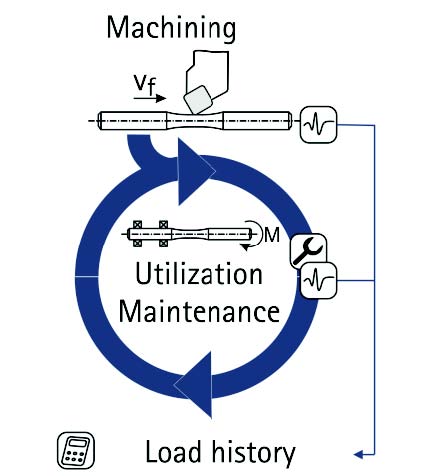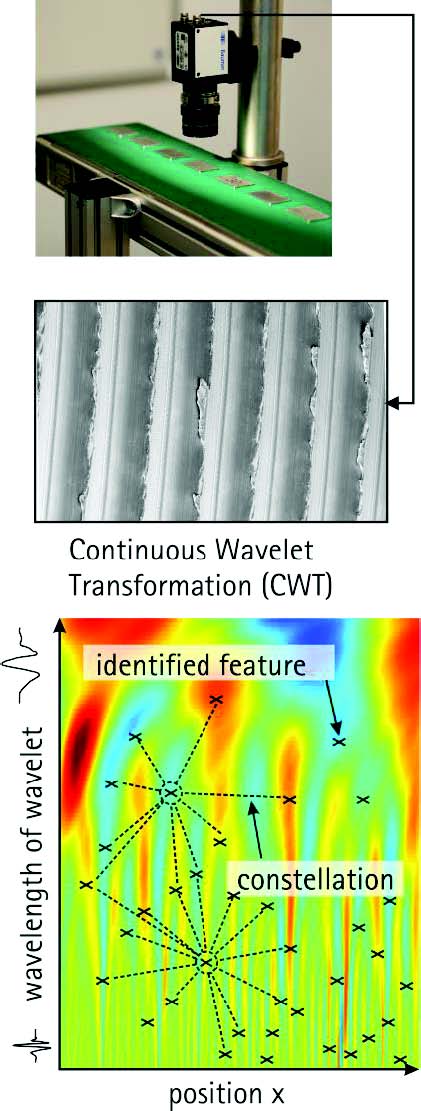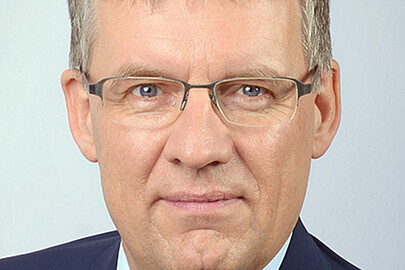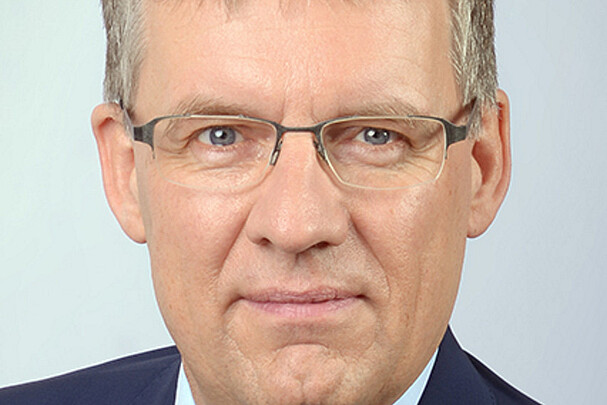Component identification by means of unique topography features
Subproject E1 supersedes the separation between component and related information. For this purpose, subsurface information is used to infer the load history of a component. Another focus is the use of stochastic and unique parts of a generically machined component surface for protection against plagiarism.



Usually the load of a component is identified by means of complex sensors during utilization. At the IFW, a method has been developed to draw conclusions on the applied load of a component during its maintenance. For this purpose, the alteration of the near surface residual stresses due to the born load is analyzed. The initial state of residual stresses is specifically inserted during the machining process and recorded in a database for each individual component. For materials with low tensile strength (<1500 MPa) the residual stresses decrease depending on the level of loads as well as the number of load cycles and allow conclusions on the load history. Figure 1 shows the path of a component from production to the utilization phase. Maintenance intervals during the utilization can be used to derive the suffered loads. Result of the computation is a possible load case which is composed of load magnitude and load frequency. Thus it is possible to conclude load information by means of using inherent material properties and to estimate the residual life time of the component in a further step.



A research focus carried out at TNT is passive plagiarism protection of components with generically machined surfaces. A variety of components which have passed through the same manufacturing process can be distinguished by mathematical real-time processing of optically scanned surfaces. For instance the grinding process leads to highly individual and distinctive surface topographies due to continuous grain wear and outbreaks, creating an ever-changing tool shape. Considering machining processes with a geometrically defined cutting edge such as turning and milling, stochastic surface effects are introduced by tool wear and to a certain extent by unfavourable chip formation, which can likewise be used for identification due to their unique nature. Images and scans of such component surfaces are processed employing a Continuous Wavelet Transform (CWT) followed by a feature detection stage (Figure 2). The identified individual features are depicted here as crosses. Number and constellation of these crosses form an individual fingerprint for each component. The fingerprint is stored in a database along with an identifier and optional supplementary data and can be retrieved at any given time for an authenticity check (false-positive rate <10-20).
Subproject leader


Appelstr. 9A
30167 Hannover


Appelstr. 9A
30167 Hannover


